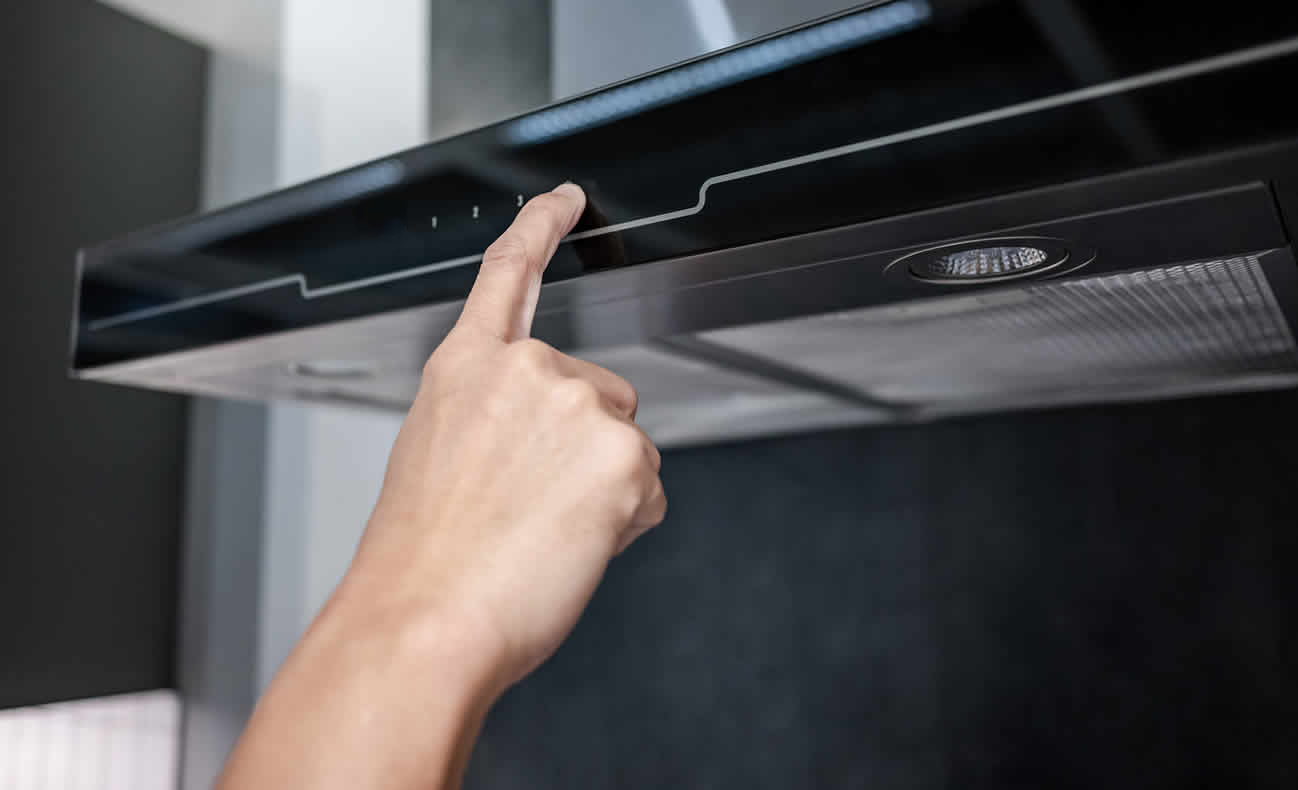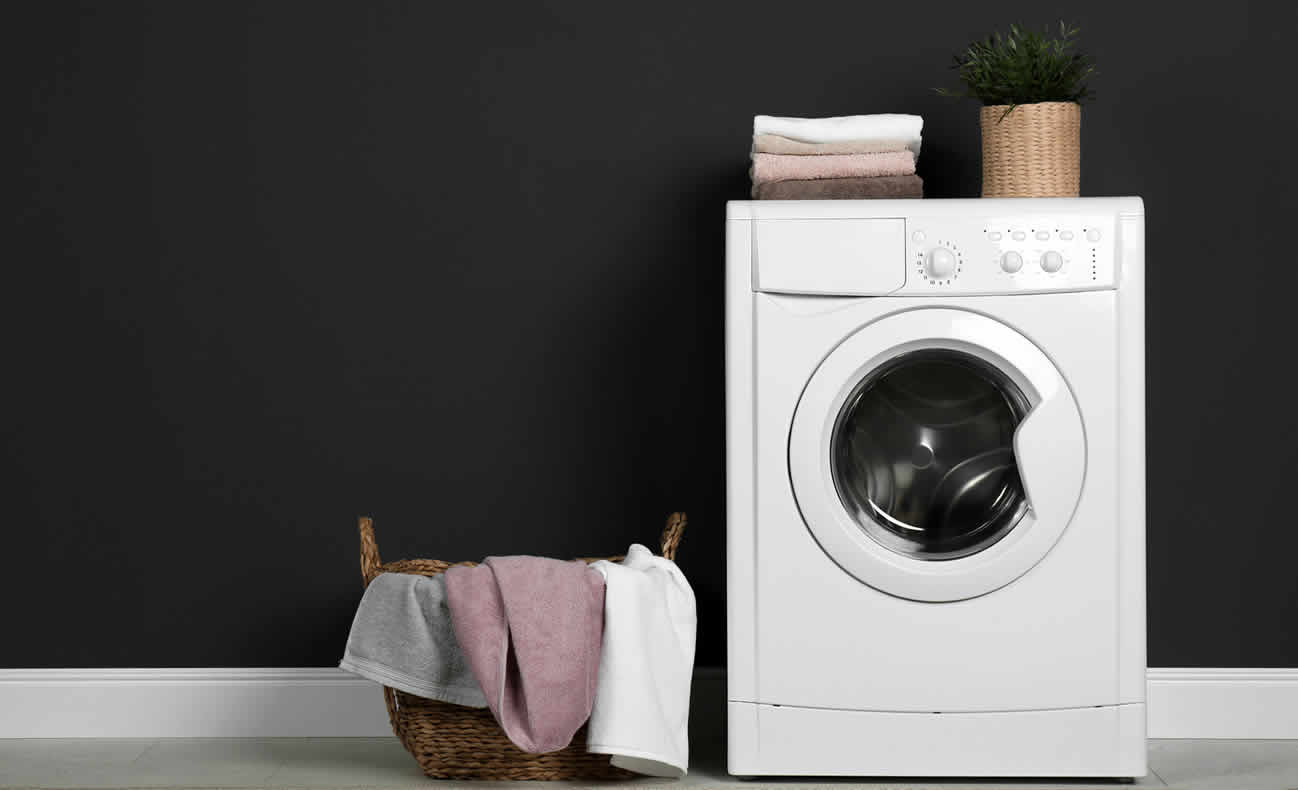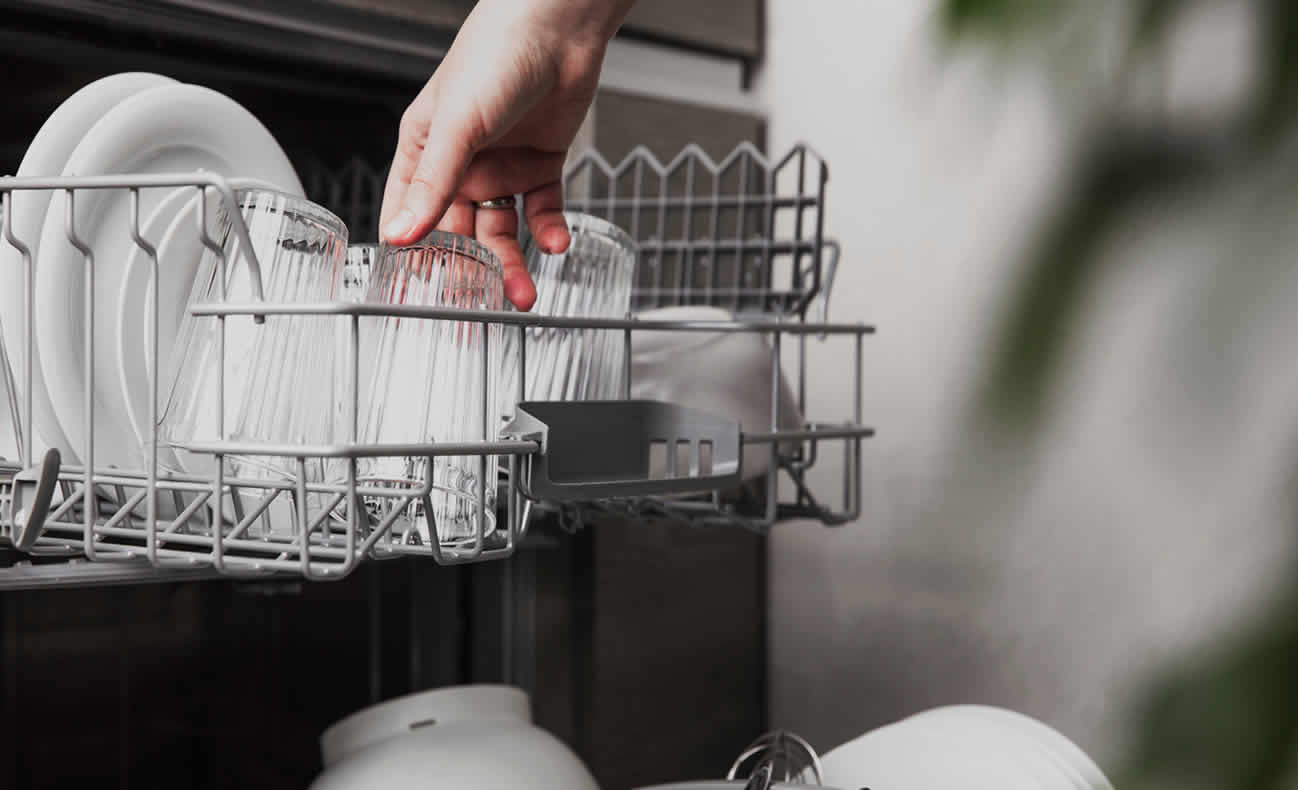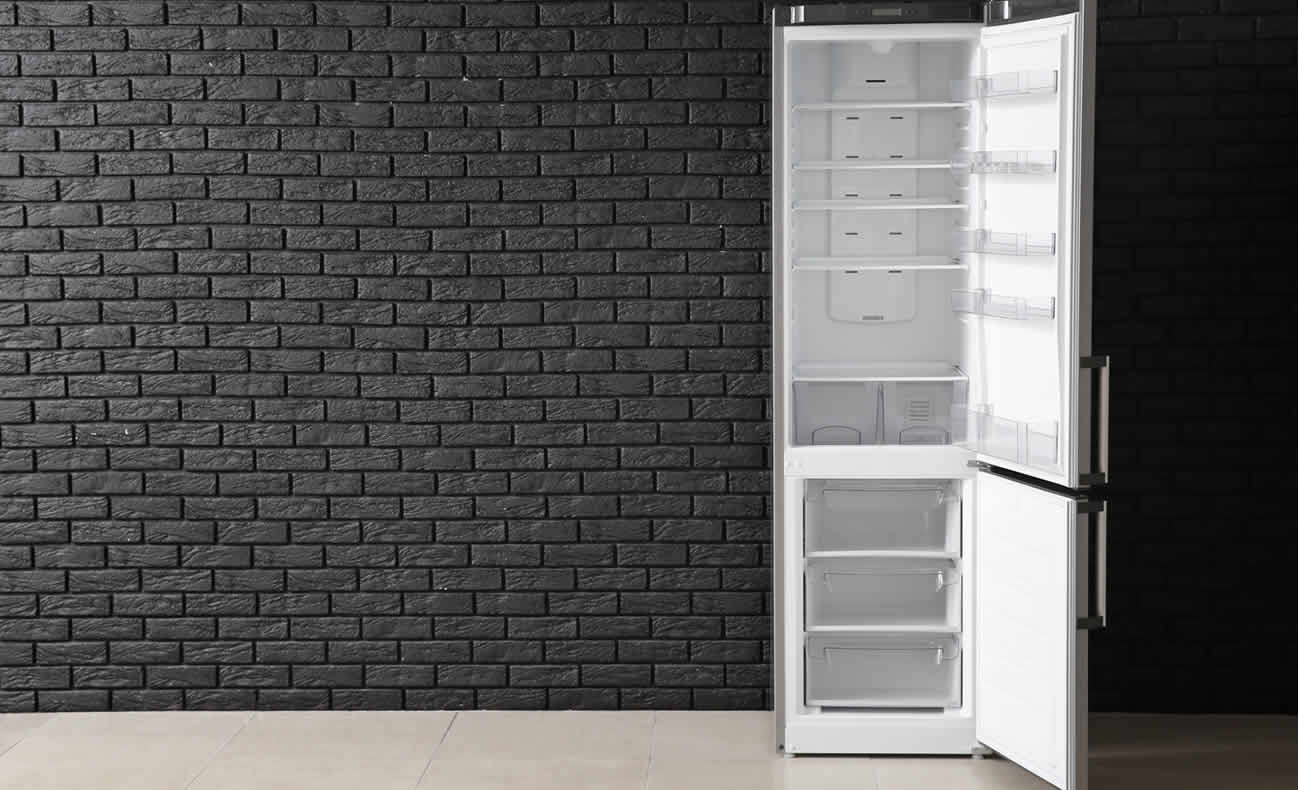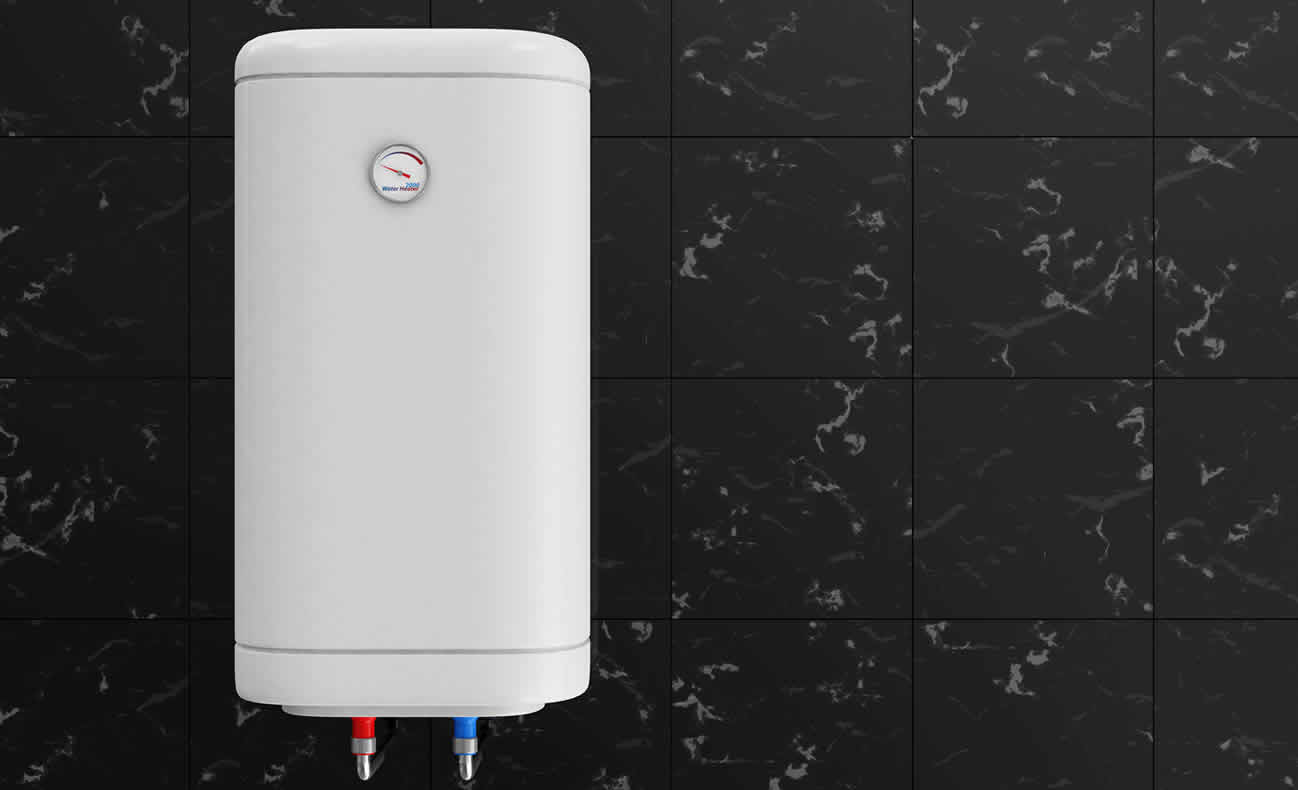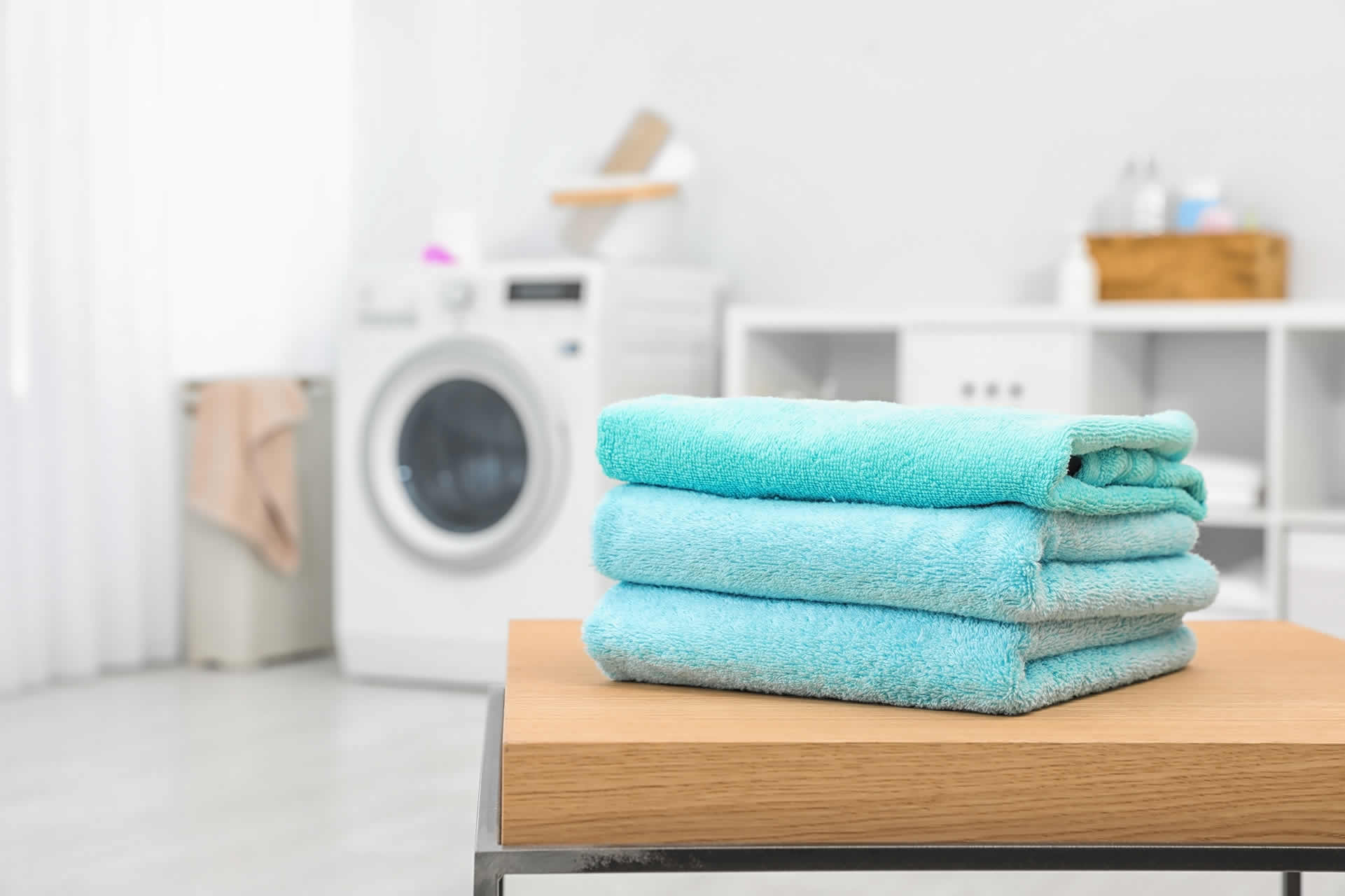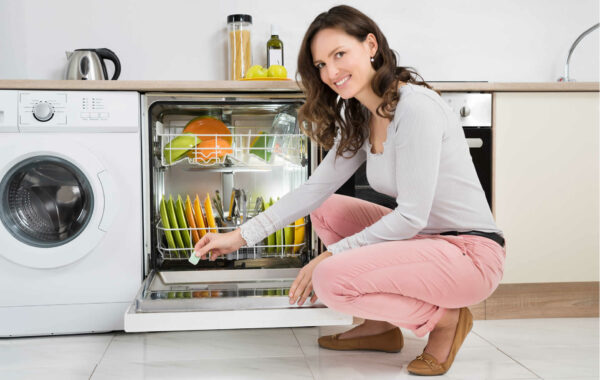Washing your clothes is a good start, but a simple wash cycle can’t do the job on its own; it takes a safe and powerful disinfectant. Along with your laundry detergent, you may use bleach in your wash cycle, but if the harsh chemicals and fragrances cause skin irritation or damage to your clothes, there are alternatives to bleach that can eliminate bacteria and remove tough, stuck-on stains.
When allergies and colds strike, the first thing you want to do is wash away the pollen and bacteria off your clothes. And when summer is in full effect and you’re constantly washing tablecloths and napkins to remove mustard stains from hot dog night, laundry seems to be a never-ending cycle.White Vinegar
When you’re washing whites or running a cycle in cold water, bleach can be a go-to disinfectant; however, it can be too harsh of a chemical to use regularly.
If you’re looking for an everyday disinfectant, start with vinegar. White vinegar has an ingredient known as acetic acid, which can kill viruses and bacteria so they can be easily washed away during the cleaning cycle. A half cup of white vinegar can act as a disinfectant and a deodorizer—removing those pesky germs and working to soften your fabrics. Vinegar is also effective at cleaning both whites and colored items, so your clothes will come out bright, soft, and smelling good every time.
Hydrogen Peroxide
Borax
Pine Oil
Sunlight
Essential Oils
Using Heat to Sanitize
Clean and Whiten
If you’ve been wearing the same shorts or capris since the Fourth of July and they’re starting to look and feel less crisp, or those t-shirts and tank tops are taking on a dingy tone, these laundry cleaning hacks can also help to restore color and whiten your fabrics. When you don’t want to use bleach to disinfect or whiten, there are plenty of options to achieve the same restorative look.If you need new laundry appliances to help you properly disinfect your clothes, give us a call or stop by our store to shop our entire catalog of washers and dryers. We have everything you need to make laundry day a breeze. Visit us today.


